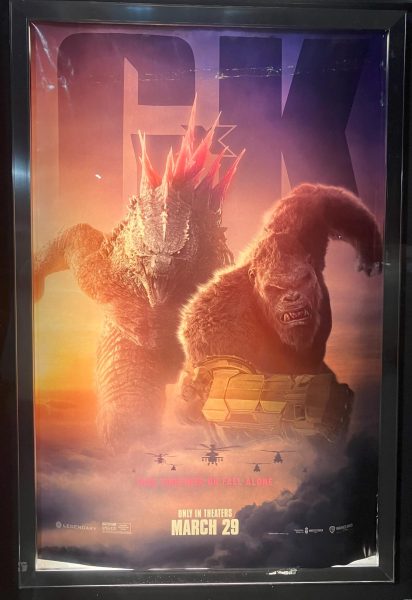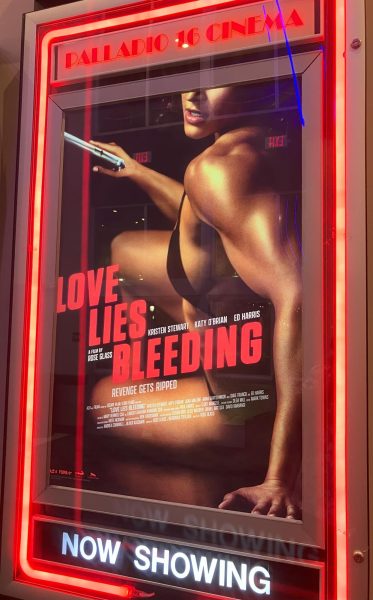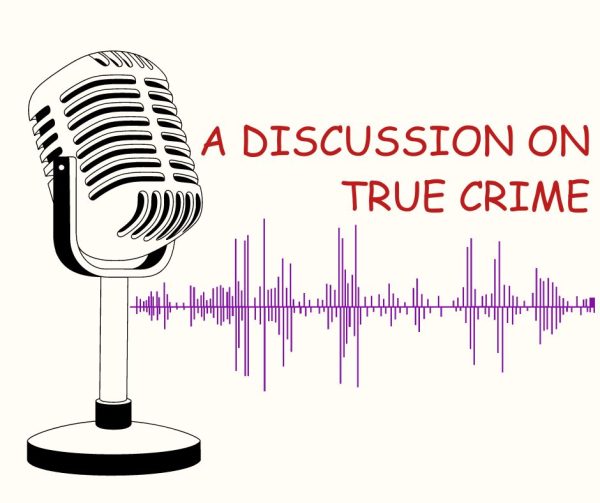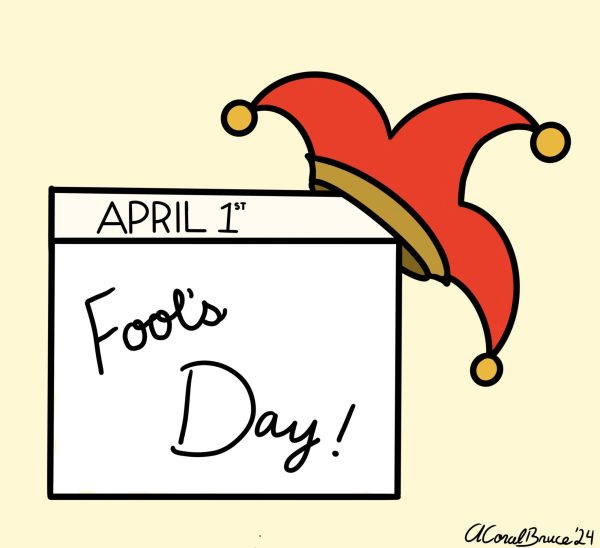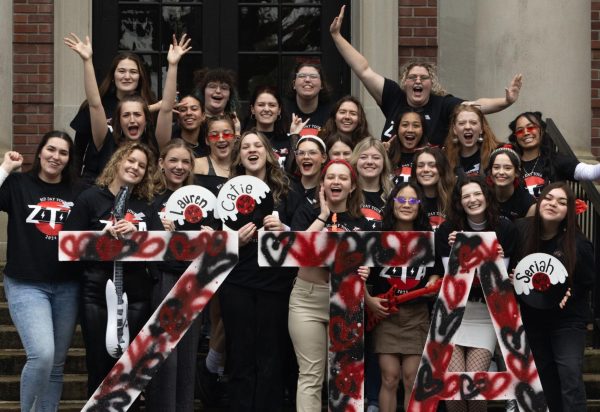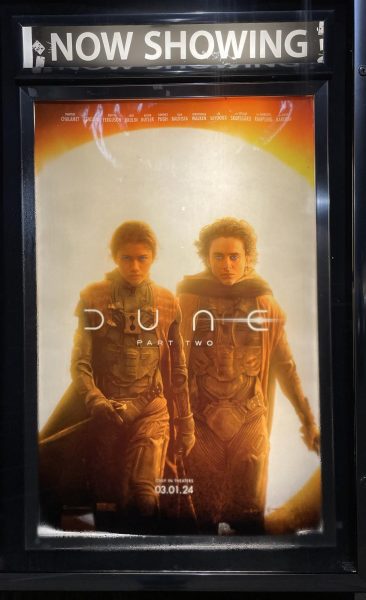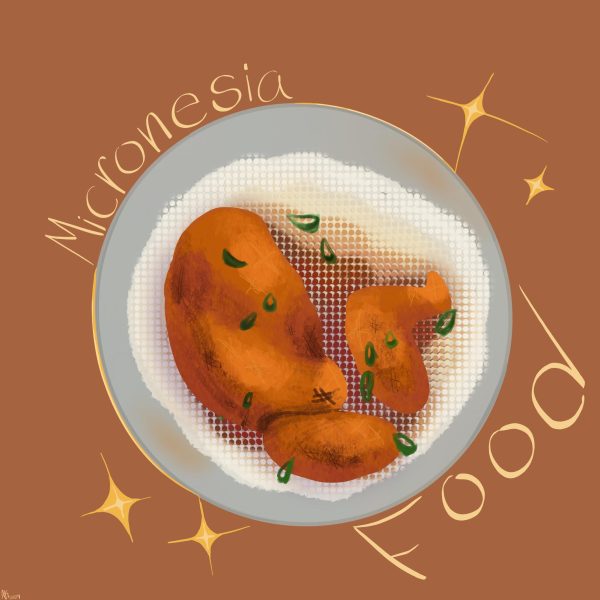Professors share tips for success in anatomy
September 10, 2017
In a joint effort by a professor, lab coordinator, and teaching assistants, students were given study tips and suggestions for tackling the difficult semester ahead in anatomy.
Thursday evening in Graf 100, students had the opportunity to learn strategies to understand lectures and manage study habits.
The study session was hosted by faculty member Debbi Canepa, lab coordinator Liz DeVisser, and instructor Bruce Patnoudes. Student teaching assistants Abby Gunning, Audrey Hyem, and Cailyn Cattell were also there to offer advice from their personal experiences.
“To sum it up a lot of what we are going to say, boils down to put the time in. There is not a magic elixir that we can hand you and you drink it and all of a sudden you’re going to do great in anatomy. You have to put the time in it,” Canepa said.
She began by telling students to watch the “Crash Course” YouTube videos, which offer study tips and can be found on Blackboard.
Another large topic was how to understand in-class lectures. They recommended previewing the lesson, chapters, or terms before class so students have some previous exposure to the material.
As for studying, they introduced the ‘study and review’ technique which encourages students to rewrite their notes within 24 hours to help remember what they learned.
It’s important to study every day and do brain checks, which is when a student stops studying and reviews what they’ve just learned.
Create small pockets of time to study so the information is still fresh and makes sense. Small study groups might also help maintain focus and performance.
When preparing for a test, make sure to preview the study guides and get a decent amount of sleep. Use open lab times to study and ask questions during labs and lectures.
As well as attending personal tutoring sessions in Cook 102 on Thursdays from 7 to 8 p.m., Cattell recommended drawing pictures, labeling diagrams, or creating flowcharts for studying.
Flash cards, using the study guides, and spending time in the lab with the cadavers can also help students better understand topics from the lectures.
All three TA’s recommended using apps for studying. Two of the apps they mentioned were “Wack a bone” and “Poke a Muscle.”
Many students use a combination of several techniques and perhaps create some new ones, but the most salient piece of advice came from Canepa.
“I believe study for knowledge, not for a grade,” Canepa said. “You’re here because most of your majors require you to take anatomy or your future career goals require you to take anatomy . . . So if you aim for the knowledge, you’ll find the passion and all the studying will be that much easier for you.”

